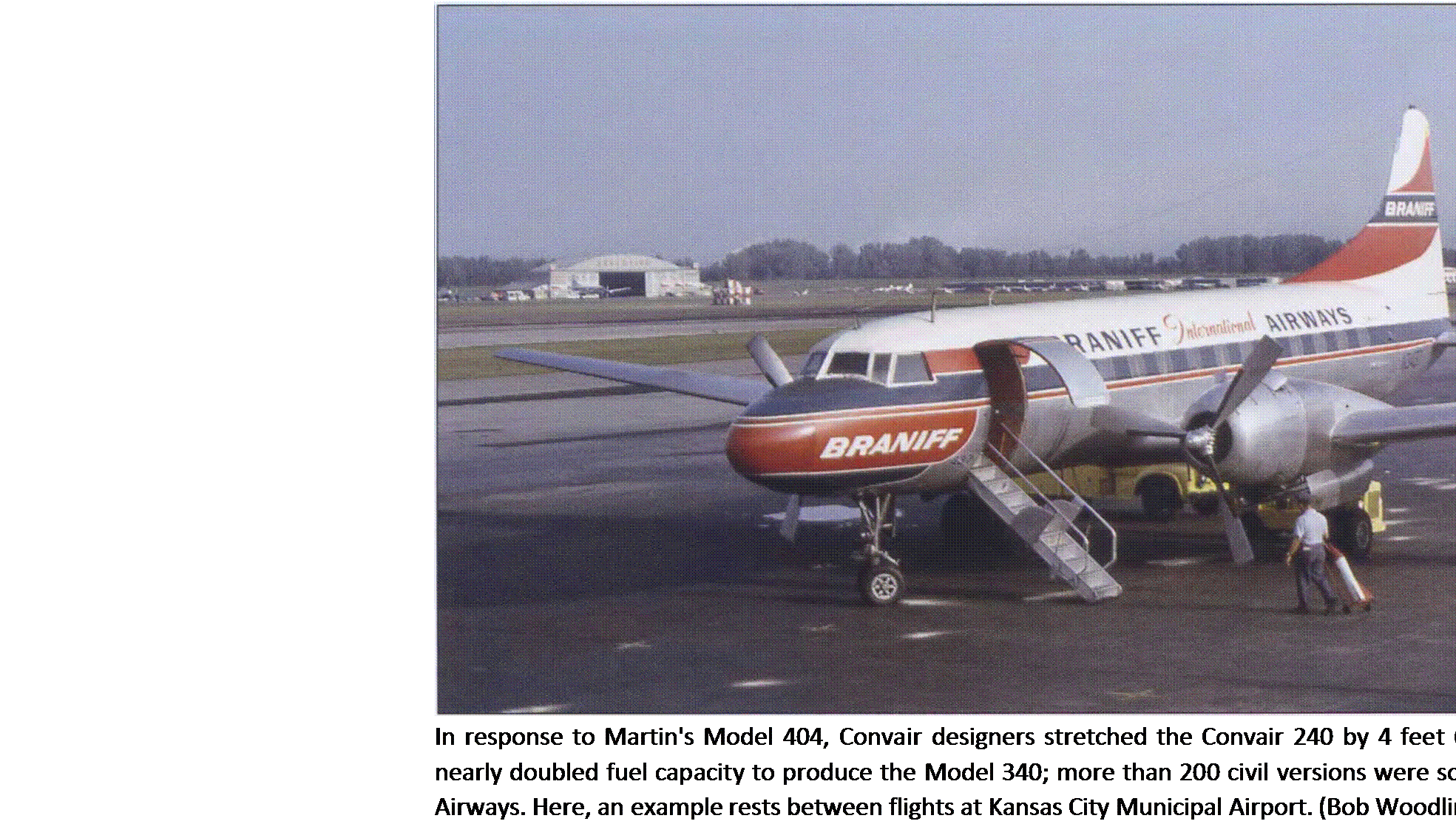Lockheed 1049 Super Constellation
Stretching the basic design of an airliner airframe first began in the 1930s with the DC-1 being lengthened into the DC-2. The Constellation was the perfect candidate for lengthening and weight increase due to the amount of power built into its Wright R-3350 engines. With the desire to accommodate either more range or more passengers (Tourist Class was becoming a reality for the airline companies), Lockheed added 18 feet 4■/ inches to the basic 749 fuselage and created the Model 1049 Super Constellation. An impressive total of 550 new design features were added to the airplane, including larger cockpit and cabin windows, larger vertical stabilizers, new fuel tankage, metal-covered ailerons, and a new electrical system.

Eastern bought 14 of these airplanes and TWA bought 10. The low number of total orders for this specific version indicates that the airplane was, in essence, a transitional aircraft, giving it new capabilities, but not being quite as advanced as later versions that would incorporate turbo-compound engines, or perhaps even turboprop powerplants such as the Allison T38 in a unique military configuration. What is significant, however, is that the Model 1049 confirmed that getting the most from a basic design by
constantly improving it would pay huge dividends in the years immediately following this first stretch of the classic Constellation.










